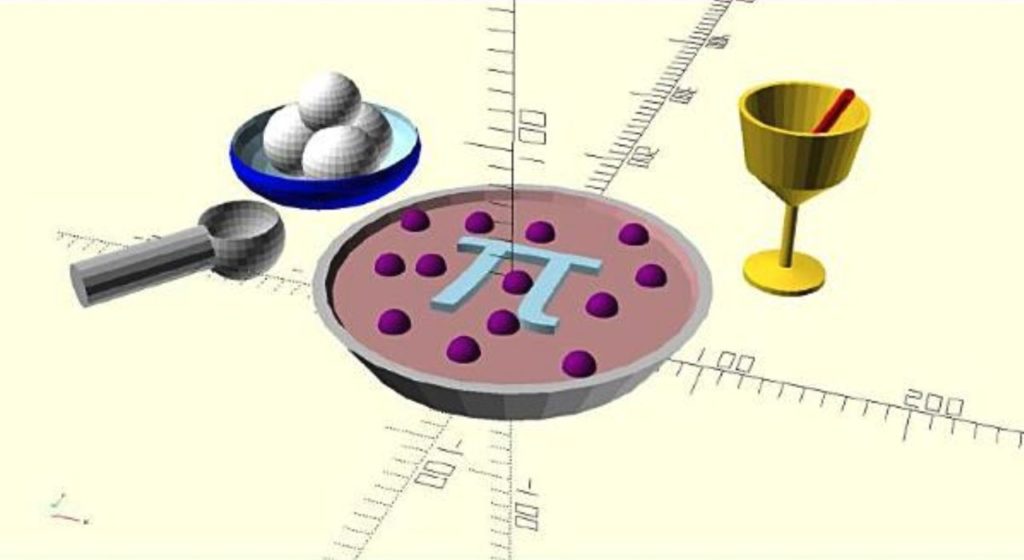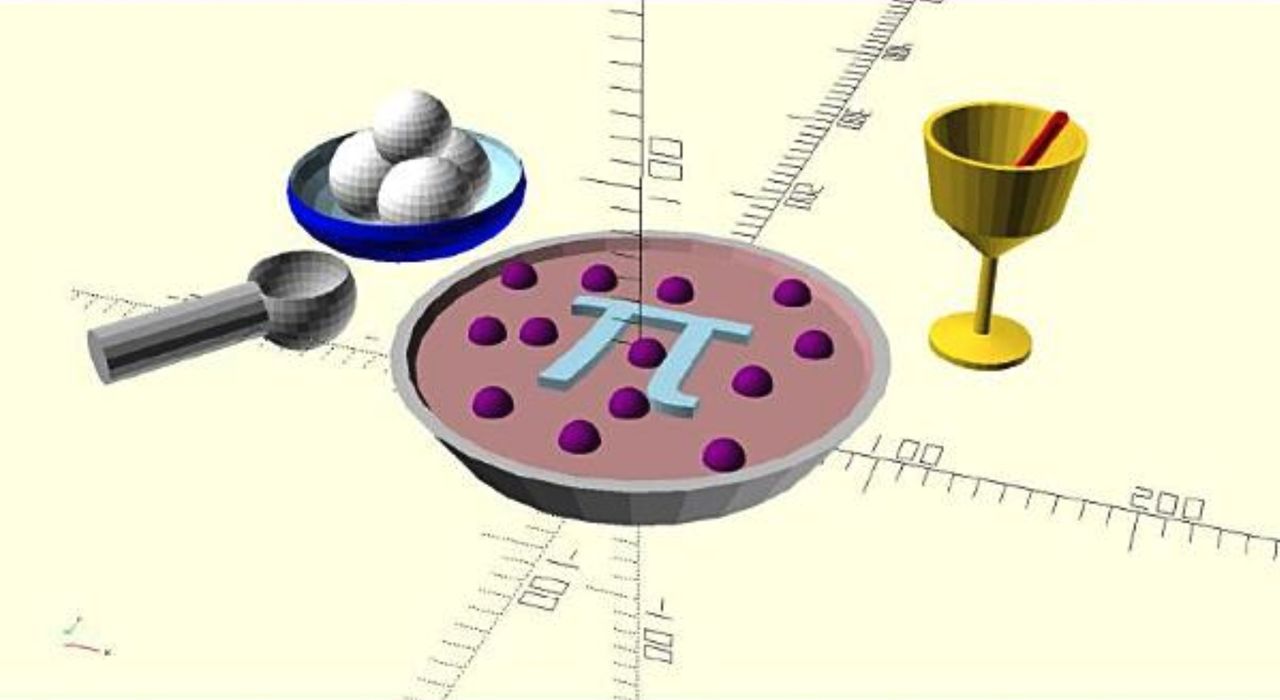
This week’s selection is “OpenSCAD Cookbook: OpenSCAD Recipes for learning 3D modeling” by John Clark Craig.
Creating a 3D model can be quite challenging, as there are multiple tools to do so, each with their own separate learning curves. Among these tools, OpenSCAD is unique. While most 3D modeling tools have a visual “WYSIWYG” interface, where 3D shapes and objects and push and pulled into proper positions, OpenSCAD uses a programmatic interface.
By “programmatic”, I mean the modeler must literally code software in the form of executable steps. It’s the same as writing a computer program.
However, instead of throwing bits of data to and fro, the executable statements are used to build and modify a 3D shape. Basic shapes are easily defined, but then they can be combined in an almost infinite variety of ways to create virtually any imaginable 3D model.
But like any software, OpenSCAD programs can benefit from the previous work of others. A chunk of code to produce a particular shape, or a segment that can modify a shape could become part of a larger sequence for a more complex overall design. For this reason OpenSCAD programmers often re-use code from other projects.
This book is a shortcut, as it provides a series of “recipes”, or code segments, that perform a variety of 3D modeling tasks.
The code is presented by means of a series of examples used to create several shapes. Starting with more simple shapes, the book gradually build up into more complex OpenSCAD tricks.
If you’re learning OpenSCAD and need a quick way to learn many useful approaches in the code, this book could be for you.
We’re an Amazon Associate and earn a small fee from qualifying purchases. Help support our 3D print news service by checking out this book!
Via Amazon

